What is it about a dish prepared by a professional chef or really good home cook that makes it so marvellous? It’s that je ne sais quoi, that added bit of deliciousness, that extra flavour that makes it interesting. Here, we ask top chefs and food bloggers to share the one unfailing ingredient – spice, condiment or otherwise – they use to enhance their dishes. Take note, and learn from the best.
LEMON ZEST
Mardi Michels, author of cookbook In the French Kitchen with Kids and blog eat. live. travel. write
“I’m always inspired by the dishes I enjoy on my travels, but there was one dish that I enjoyed in a small restaurant in Todi (Umbria, Italy), called Pane e Vino, which opened my eyes to the magic of lemon zest. We had ordered a simple pasta dish with a light tomato sauce and some goat cheese, but it also had a strong lemon flavour. It might not sound like it would work, but the acid from the lemon enhanced the ripe summer tomatoes and cut the fat of the cheese so beautifully – it had us dreaming of the dish for months afterwards.
“We tried to replicate it, but were unsuccessful – until we wrote to the now-defunct Gourmet magazine, which had a section dedicated to reader requests for restaurant recipes. They didn’t publish the recipe, but sent it to us instead. We’ve made a riff on this ever since (adding in some arugula for colour in the latest iteration!).
“Lemon zest is a wonderful ingredient to include in both sweet and savoury dishes. From classic Lemon Curd (and Lemon Tarts) to Lemony Green Beans with Crispy Breadcrumbs and Parmesan, it brings flavour and brightness to many dishes. I mean, who doesn’t love a Lemon Madeleine, right? It’s even my secret ingredient to encourage non-fish eaters (ahem, myself for many years) to learn to love fish (see Crispy Fish with Lemon Zest from my cookbook!).”
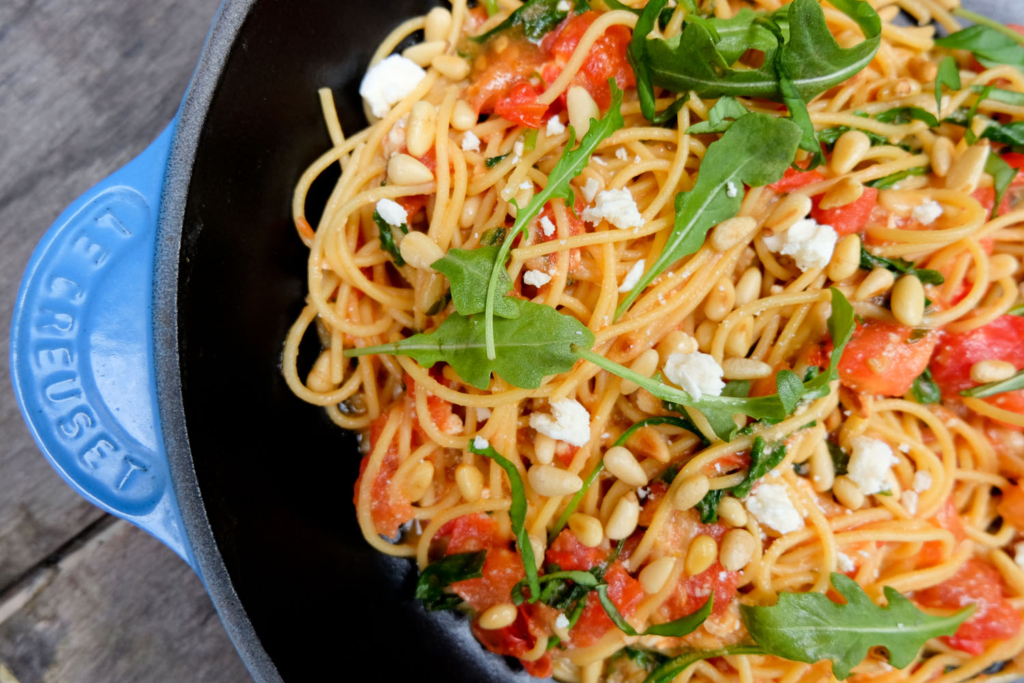
KOMBU
Chef Kostas Magoulas, contributor of chef’s platform Chefspencil.com
“Dried kombu is a very versatile ingredient that’s a staple in my pantry. I love mixing ingredients and creating fusion menus and dishes, resulting in a marriage of two cultures. Often I mix and match Mediterranean cuisine with Japanese, such as a nigiri with a base of risotto – and I always use kombu.
“I make a fine kombu powder in the dehydrator, usually seasoned with spices, which I use to flavour my dishes and enhance them prior to service. Through the years of use, I’ve noticed that kombu sheets also work as a natural thickener. We often use butter, but that adds extra fat and calories and is not suitable for customers who follow dairy-free diets. Kombu, on the other hand, helps thicken sauces and enhance their flavour as well, resulting in a great umami element as it’s plentiful in glutamate.
“When torching a raw ingredient, I use a concentrated kombu stock (I call it ‘kombu jus’). Brushing the ingredient a few times with the concentrated jus gives a nice caramel look and a tasty umami glaze. Combine it with brown sugar and fleur de sel for an unforgettable flavour explosion. Lastly, I also love to prepare sweet kombu syrups and powders for our bartenders to create cocktails with, and I use powdered kombu in my meringues to help in the thickening process.”
Try Kostas’s Carpaccio 2.0: Beetroot, Radish and Infused Kombu or Hokkaido Scallops with White Corn, Beluga Lentils & Dill Oil Infused Kombu.
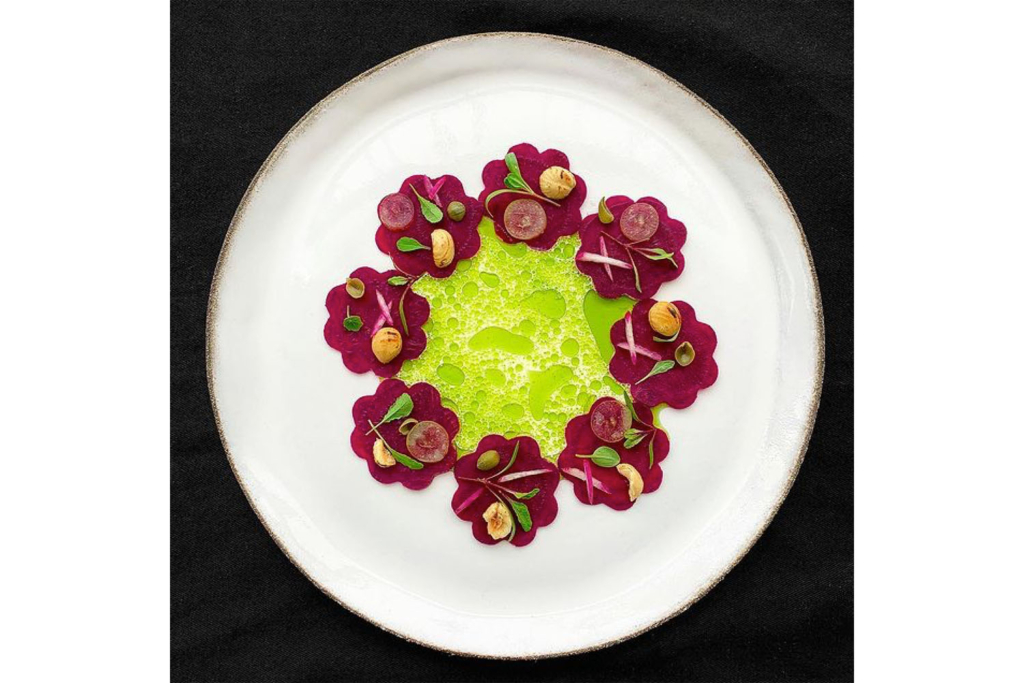
RICE VINEGAR
Jessica Smith, Kansas City-based author of Inquiring Chef
“When I’m creating a new recipe and feel like it needs a little something more, I often find myself reaching for a bottle of rice vinegar. It typically has lower acidity than other types of vinegar, which means you get more flavour with less of a tart ‘bite’. Although it’s an easy fit with Asian and Asian-inspired recipes, like my Sesame Noodle Salad, that’s only the beginning. Stir it into pasta sauce, drizzle it over roasted vegetables, add it to salad dressings, toss it with noodles. Rice vinegar will add bright, fresh flavour to almost any meal and helps other ingredients to shine. Once you have it on hand, you’ll find endless ways to use it.”
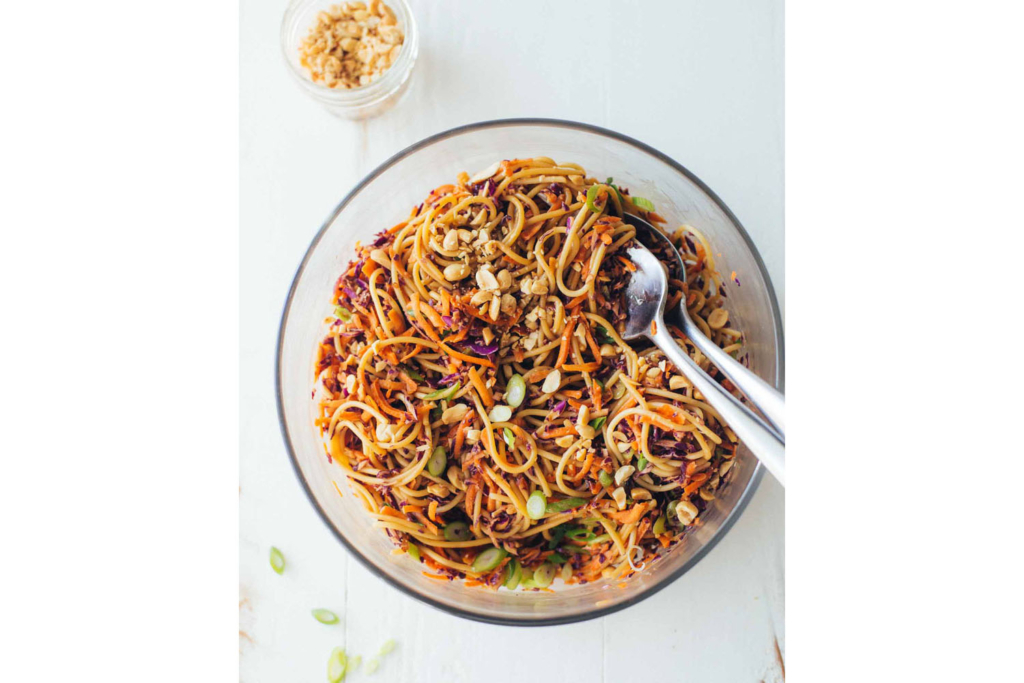
GROUND CARDAMOM
Renee Gardner, Pacific Northwest-based recipe blogger behind Renee Nicole’s Kitchen
“My favourite secret ingredient is ground cardamom. It’s that one spice in my cabinet that I rely on to shake up and elevate fruity baked goods and other sweets. It has this unique aroma, like the perfect blend of orange blossoms, citrus oils and ginger; it’s earthy, citrusy and floral all at once, and I love it.
“My rule is that if your recipe can benefit from a little high-quality vanilla, it can also benefit from a little ground cardamom. It’s not usually a make-it-or-break-it ingredient in my recipes, so I don’t write it into all of them, but if I have it on hand, I add it. It works so well with flavours like blueberry, blackberry, lemon, lime, ginger and cinnamon. One of my most favourite recipes using cardamom is this Vanilla French Toast.”
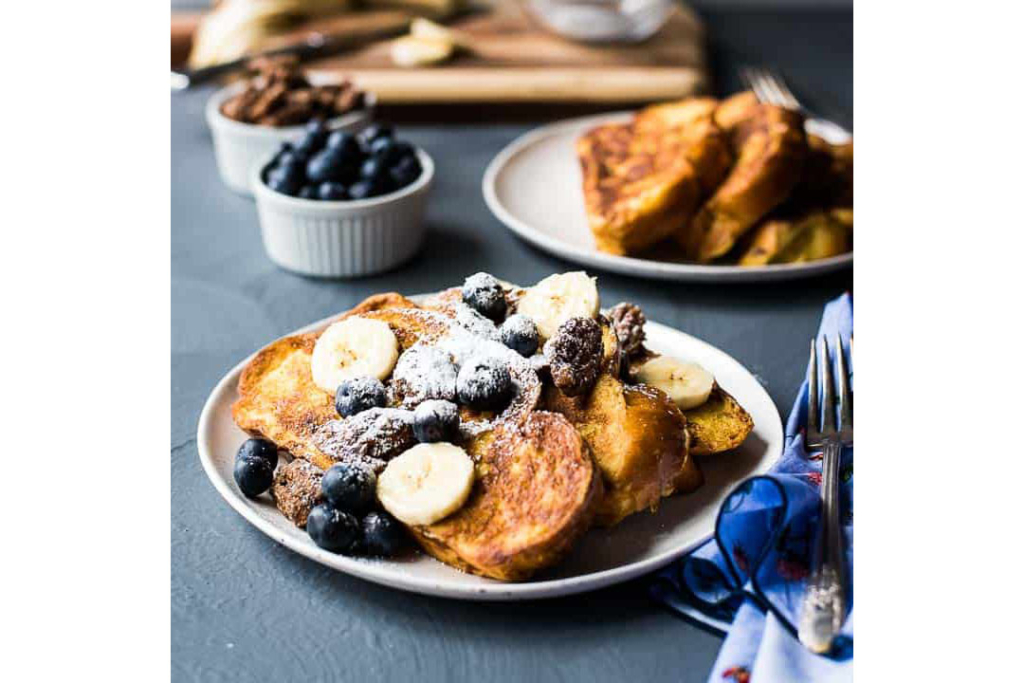
SOY SAUCE
Nargisse Benkabbou, London-based chef, author and recipe developer of My Moroccan Food
“I guess you wouldn’t expect a Moroccan Chef to pick soy sauce as a secret ingredient, because geographically soy sauce comes from a place that is very, very, far away from Morocco. But for me, soy sauce works like a secret weapon! When I do recipe testing and one of my dressings or marinades lacks a bit of depth or flavour, I always consider adding soy sauce. Very often, soy sauce will add a wonderful umaminess and take a dish to a whole new level. Try it in my Sweet Chermoula Tuna Tartare with Cucumber Noodles.”
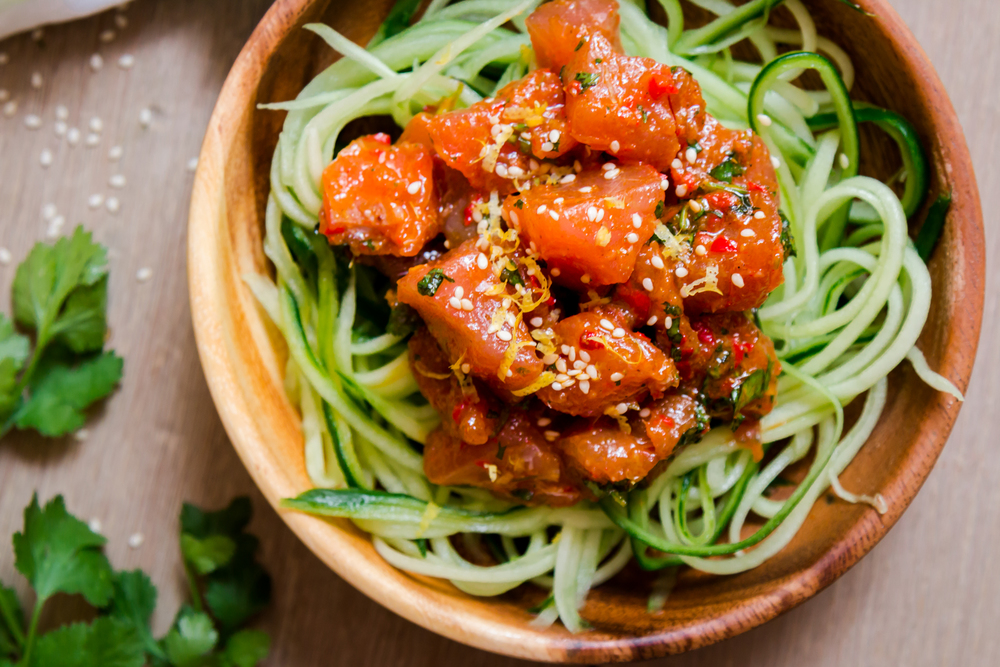
SOY SAUCE
Alex Cook, food blogger behind It’s Not Complicated Recipes
“My secret ingredient in so many recipes is soy sauce. I absolutely love the rich, umami flavour that it provides. It’s a great alternative to salt and can add fantastic depth to a finished dish. Some of my favourite things to use soy sauce in are sauces and gravies, noodle dishes and to season savoury snacks, like roasted pepitas or almonds. It’s a key ingredient in my Mushroom San Choy Bow, a great vegan option that develops a hearty, meaty depth of flavour thanks to the use of this seasoning.”
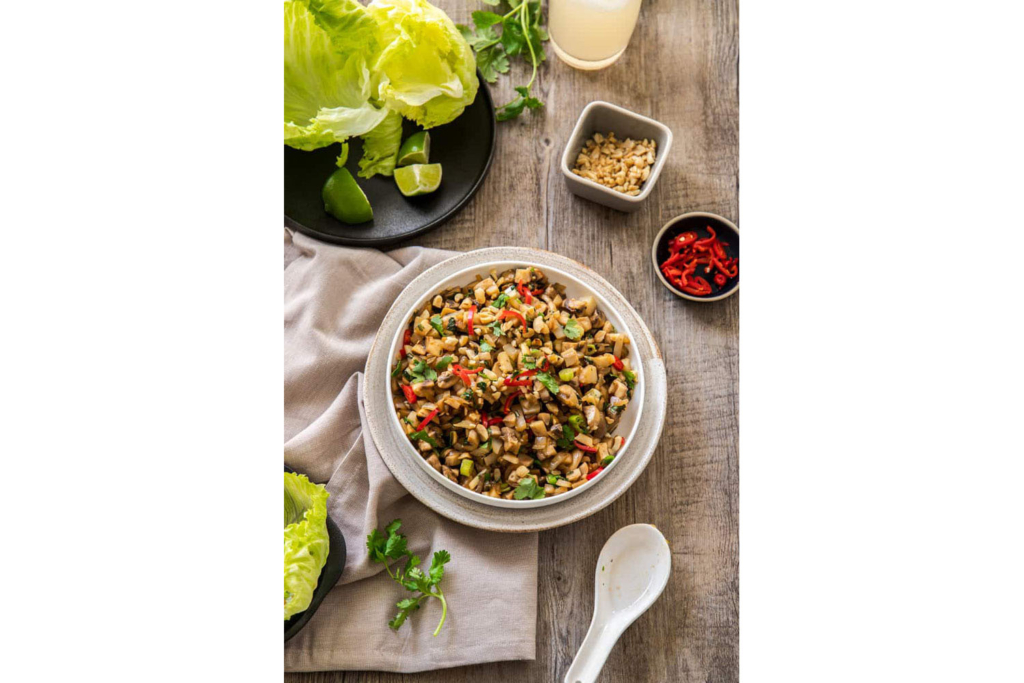
GREEN PEAS
Chef Florin Emilian of Food by Florin
“I use a lot of green pea purée in my dishes, made from fresh green peas from the garden. I love their bright colour, their flavour and versatility. They really go with almost everything. It gives the overall colour of your other ingredients a boost, and pulls everything on the plate together. Discover it for yourself in this dish of salmon, scallops, pea purée and cucumber ribbons.”
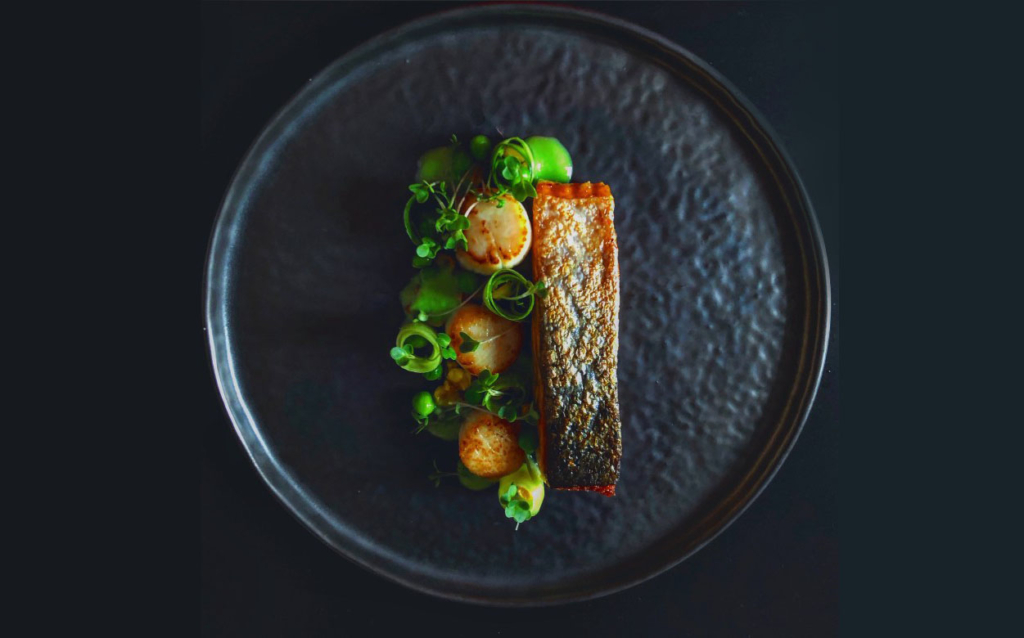
MUSHROOM POWDER
Nina Parker, London-based vegetarian and plant-based chef, columnist and cookbook author
“There are so many tricks, it’s hard to pick just one. I love cooking plant-based food and proving that this can be so delicious and have a deep intense flavour. To get the umami flavour into dishes that you would usually get from meat or fish, I use mushroom powder, which you can either buy or make by blending dried porcini or shiitake into a powder. This will give stews, vegan bolognese, tom yum soup or sauces an added boost of intensity.
“I also use a little soy sauce and miso to give dishes a subtle push, even in Mediterranean-style cuisine – it doesn’t have to be just Asian flavours. I’m all about big flavours and creating more from normal ingredients, while keeping it healthy.”
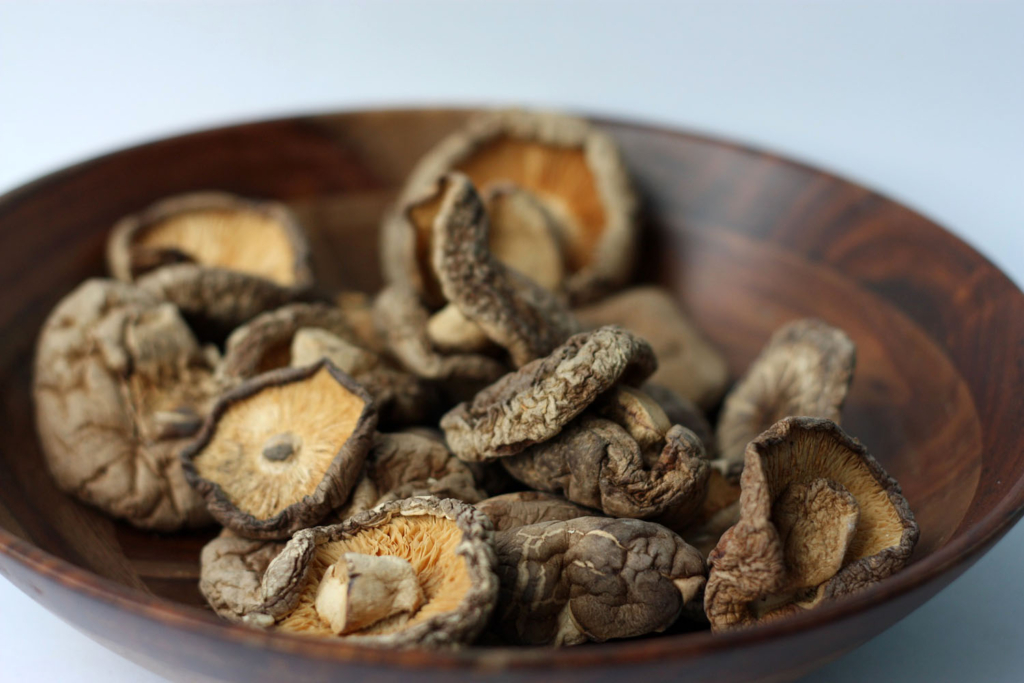
MISO
Patricia Carmona, Venezuelan food photographer and chef at La Punnet
“One of the condiments that I’ve loved discovering most is miso, a paste originally from Japan and made from soybeans fermented with salt, water and koji for at least 6 months or a year. It’s a thick paste with a particular smell and colour that varies according to the time it was fermented, as well as the cereals that were added to it. Its flavour is salty, but also somewhat sweet, and varies according to the type of miso and its fermentation time.
“Miso is used to enhance the flavour of different recipes, and also make them a little more interesting and complex. So its use is not limited to the famous miso soup with tofu. We can also use different types of miso to marinate proteins and vegetables in sauces and noodle dishes, in broths and soups, and even in desserts where we want to intensify the flavour. In addition to achieving unique results in food, miso has many health benefits, which is why it’s my favourite secret ingredient.”
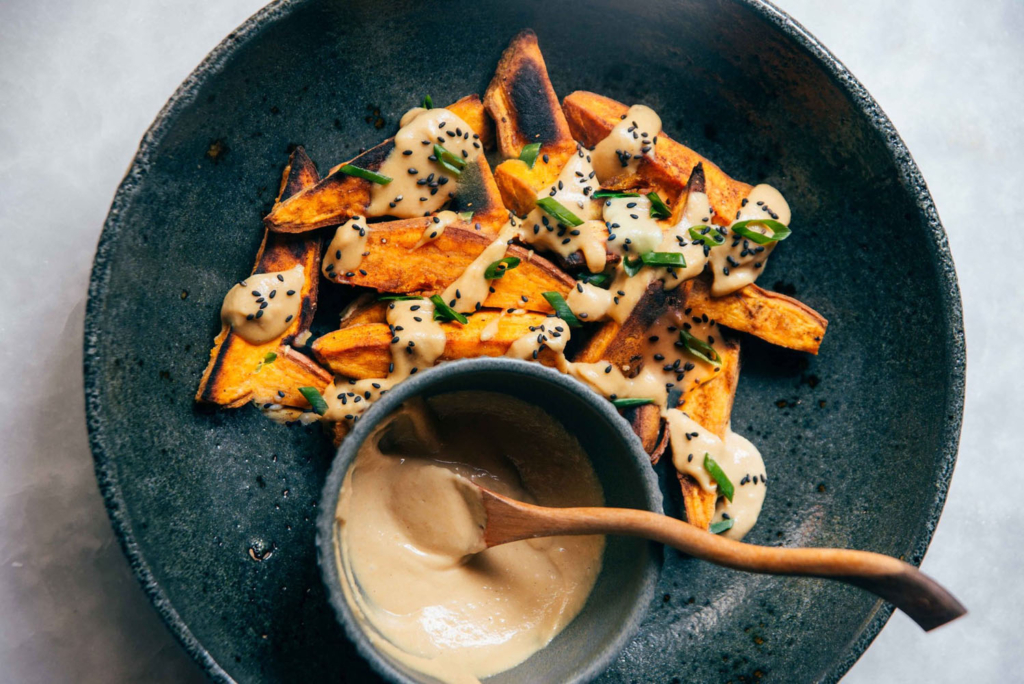
VANILLA
Romina Stricker, Argentinian chef and pastry chef, and author of more than 200 recipes
“My secret ingredient is vanilla. From a very young age, when cooking was something I started obsessing over, I would sit down and watch cooking channels and admire how something as natural as vanilla could add so much flavour and aroma to any recipe, and turn it into a recipe that you can pass on to future generations. On several occasions, my loved ones give me a vanilla pod in a test tube. I immediately think about how I can honour something so rich, in all its aspects. Today, I chose to travel with my palate to France, specifically to the Rue Bourdaloue in Paris, where this pie was created.”
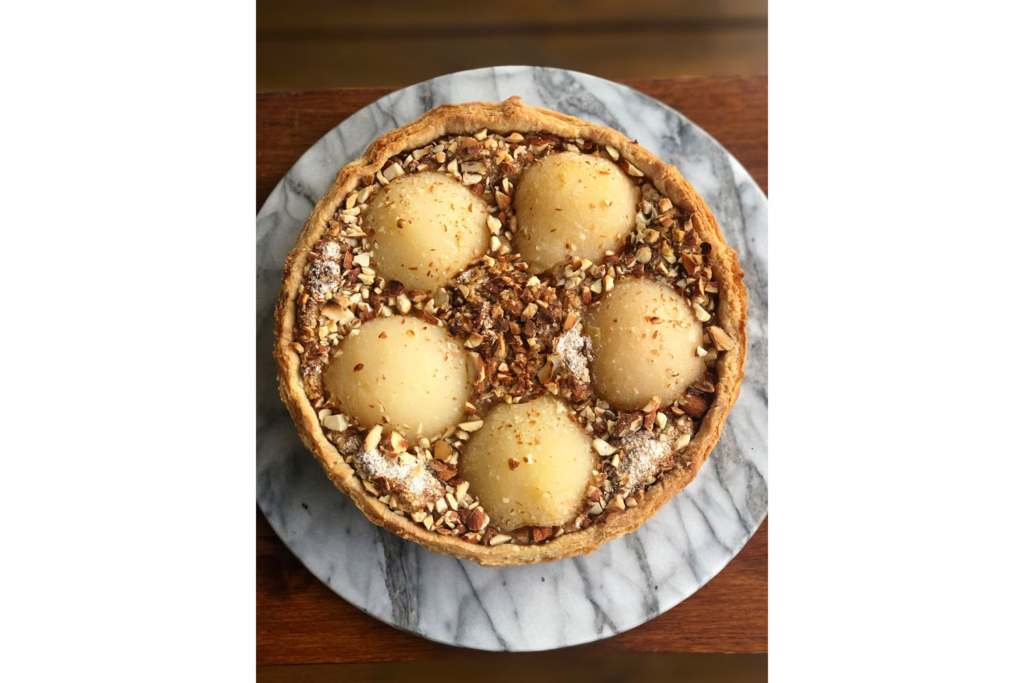
DATES
Alicia Correa, Colombian chef, founder of Alicia’s, and author of the recipe book Bake Like a Boss
“I love using dates to upgrade my recipes! I chop them and add them to my salads, I add them to cooked rice or cooked quinoa, and I use them to sweeten desserts. I have several dishes in which I use dates, for example, the chicken and rice casserole with dates that I discovered in Diana Henry’s recipe book Simple. I also add them to my spinach salad with apples and almonds, and a quinoa and curry salad that I love.”
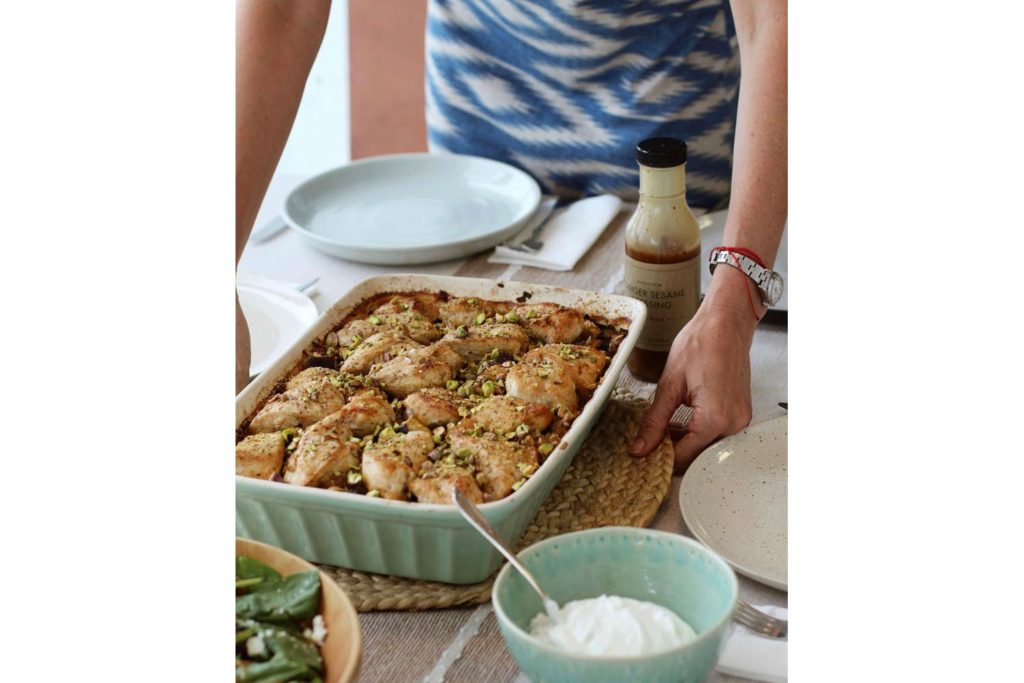

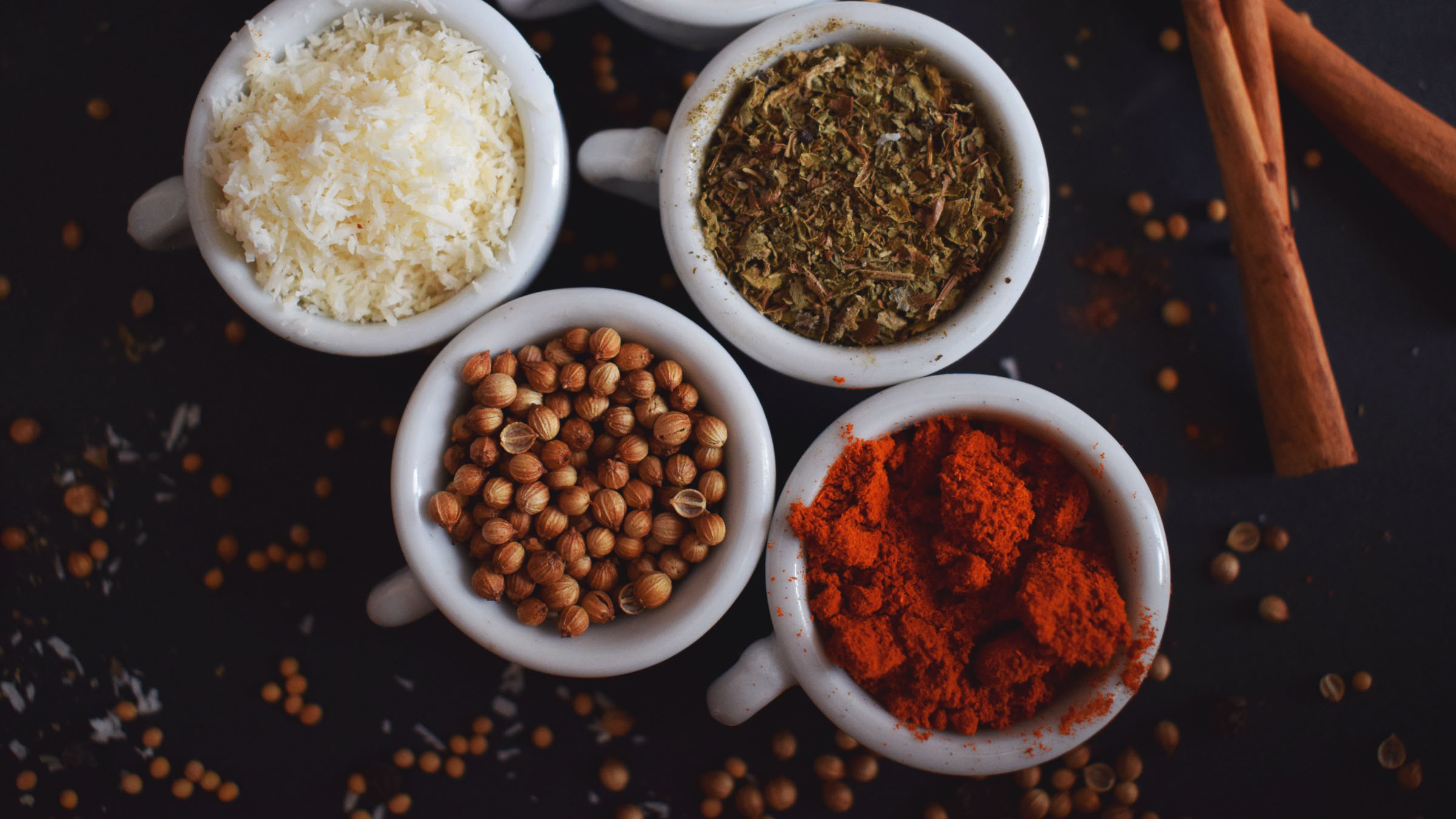










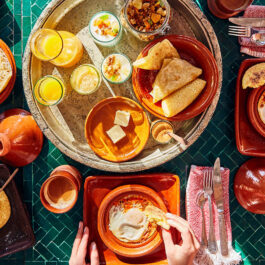

Sorry, the comment form is closed at this time.